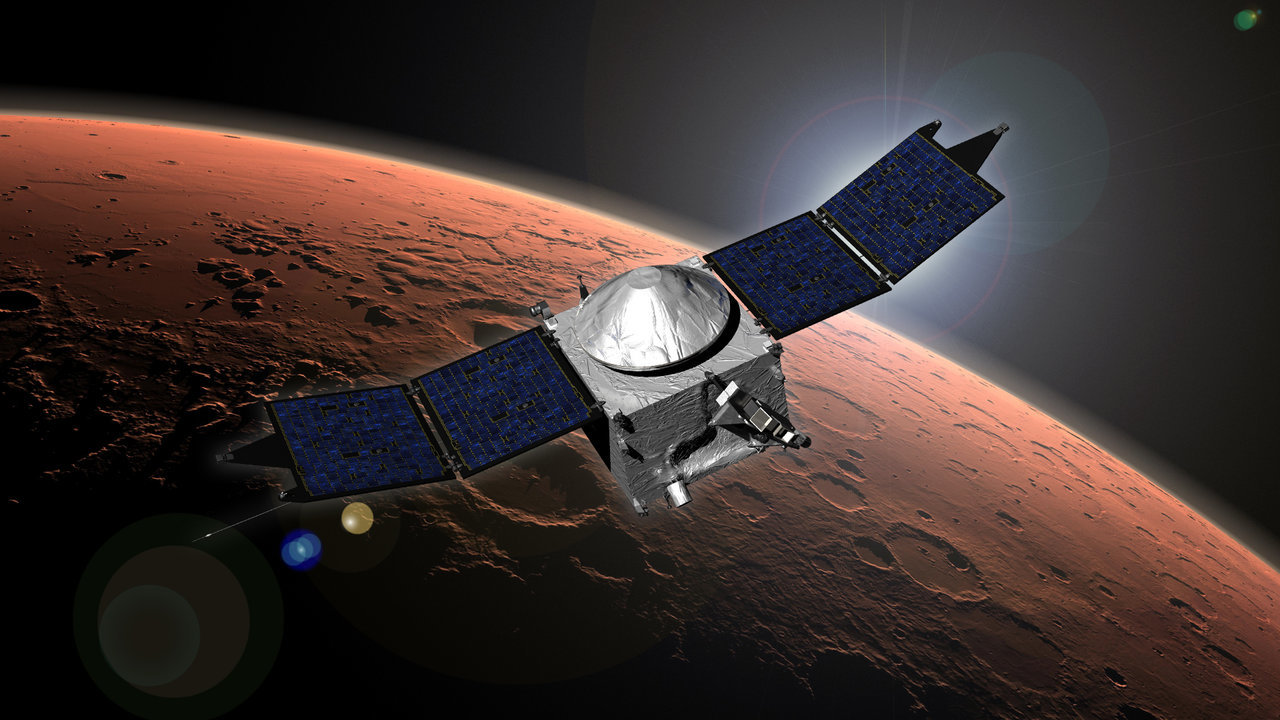NASA's Lunar Trailblazer on track to launch in mid-2023

NASA's Lunar Trailblazer mission, part of the agency's Small Innovative Missions for Planetary Exploration (SIMPLEx) program, is moving forward, targeting a launch in mid-2023.
Lunar Trailblazer is a small satellite mission aimed at understanding the lunar water cycle, detecting and mapping water on the lunar surface in order to investigate how its form, abundance, and location relate to geology. The tiny satellite will detect signatures of ice in reflected light and will pinpoint the locations of micro-cold traps less than a football field in size.
The spacecraft will arrive at the Moon and begin its science mapping nearly six months following its launch in mid-2023.
Mission update: NASA's Lunar Trailblazer is on track to launch in mid-2023. This small satellite has a big job to do—it will help us understand the lunar water cycle as well as the amount, form, and distribution of water on the Moon. https://t.co/DIuuaVfD2E
— NASA Moon (@NASAMoon) November 9, 2022
NASA evaluated the Lunar Trailblazer mission after cost overruns were reported by the project. The mission partners have replanned the remaining work and costs to deliver the mission for a total increase of $8 million.
"Mission proposals for SIMPLEx program were cost capped at $55 million. The updated mission total of $72M includes previously agreed-to changes to the mission's implementation, including spacecraft vendor, launch provider and launch date, among others," the agency said in a statement on Wednesday.
In a blog post, NASA said that the team continues to work on spacecraft assembly. Two of the spacecraft's science instruments - the High-resolution Volatiles and Minerals Moon Mapper from JPL, and the Lunar Thermal Mapper from the University of Oxford, funded by the United Kingdom Space Agency - are scheduled to be delivered before the end of the year.
NASA's SIMPLEx program provides opportunities for low-cost, high-risk science missions that are responsive to requirements for flexibility.










